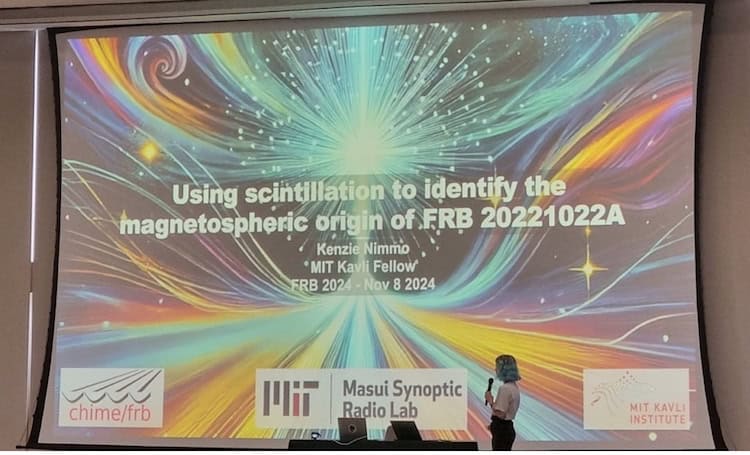ESA seeks modest boost to science budget
WASHINGTON — The head of ESA’s science programs says she is seeking a “very modest” increase in her budget at the agency’s upcoming ministerial meeting to fund work on future missions.
At an online town hall meeting Jan. 23, Carole Mundell, ESA’s director of science, emphasized the need for additional funding to enable future missions, such as a flagship mission to Saturn’s icy moon Enceladus, while also noting the agency strived to be efficient in its spending.
“The uplift that we’re asking for is actually very modest,” she said of the proposed increase, which she later described as 1% of the overall ESA budget. “Because we’ve created these efficiencies, you will get a lot of bang for your buck when you invest.”
ESA’s member states approved a 13% increase in funding for science at the previous ministerial meeting in November 2022, a few months before Mundell took over as director of science. “Unfortunately, we entered an unprecedented time historically,” she said, citing Russia’s invasion of Ukraine and high levels of inflation. “It really meant that our program remained at constant purchasing power.”
That pushed ESA to be more efficient in management of science programs. She cited one case where the agency released funding held in reserve for the Jupiter Icy Moons Explorer (JUICE) mission that launched in 2023, allowing ESA to extend 10 other science missions.
Efficiencies alone, though, are not enough to support ESA’s plans for future science missions laid out in its “Vision 2050” strategy adopted in 2021. “I’m asking for the funding to help us to be able to start this strategy,” she said.
An example is a mission to land in the south polar regions of Enceladus, where plumes could allow a spacecraft to sample material from a subsurface, potentially habitable ocean of liquid water. That mission would not launch for nearly two decades, but Mundell argued ESA needed support now to start development of key technologies for it.
“We have to land on Enceladus in 2052 because that’s when the south pole is illuminated by the sun, which means we launch in 2043, which means we adopt the mission in 2034,” she said. “We need the investment to flow in 2025 because we have a lot of technology development in order to get that mission ready to be successful.”
Funding to support the Enceladus mission and others that are part of Vision 2050 is one part of ESA’s science budget proposal for the ministerial, she said, including a “significant international collaboration wedge” to enable ESA to participate in missions by NASA and the Japanese space agency JAXA. Another part is to continue work on missions already in development.
The science budget is part of broader preparations by ESA, led by its director general, Josef Aschbacher, to develop a proposal for the agency’s ministerial conference in late November, where members will set funding priorities for the next three years. “We’ve gone into an awful lot of detail in this proposal internally to give Josef the confidence that he can take this proposal in detail to the ministers,” she said.
Unlike most other ESA programs, funding for ESA science is considered “mandatory” by the agency in that all member states contribute based on their gross national product, rather than subscribing to specific initiatives at their preferred levels. In 2025, ESA is spending 654 million euros ($686 million) on science, 8.5% of the overall agency budget for the year.
An increase, therefore, requires all of ESA’s now-23 member states to agree to spend more on science. “We do need unanimous support, but that’s why we’re working with each and every one of our member states to understand what they need to help us to get that,” she said, noting she had visited 22 member states to discuss ESA science programs with scientists and ministers and will visit ESA’s newest member, Slovenia, in the next few months.
At the town hall meeting, she encouraged scientists to perform their own advocacy for the science program. “If you are in touch with any interlocutor, whether that’s your neighbor, whether you’re in an elevator with a minister, speak up for the program, because we all build this together,” she said.
Related
Read the original article here




